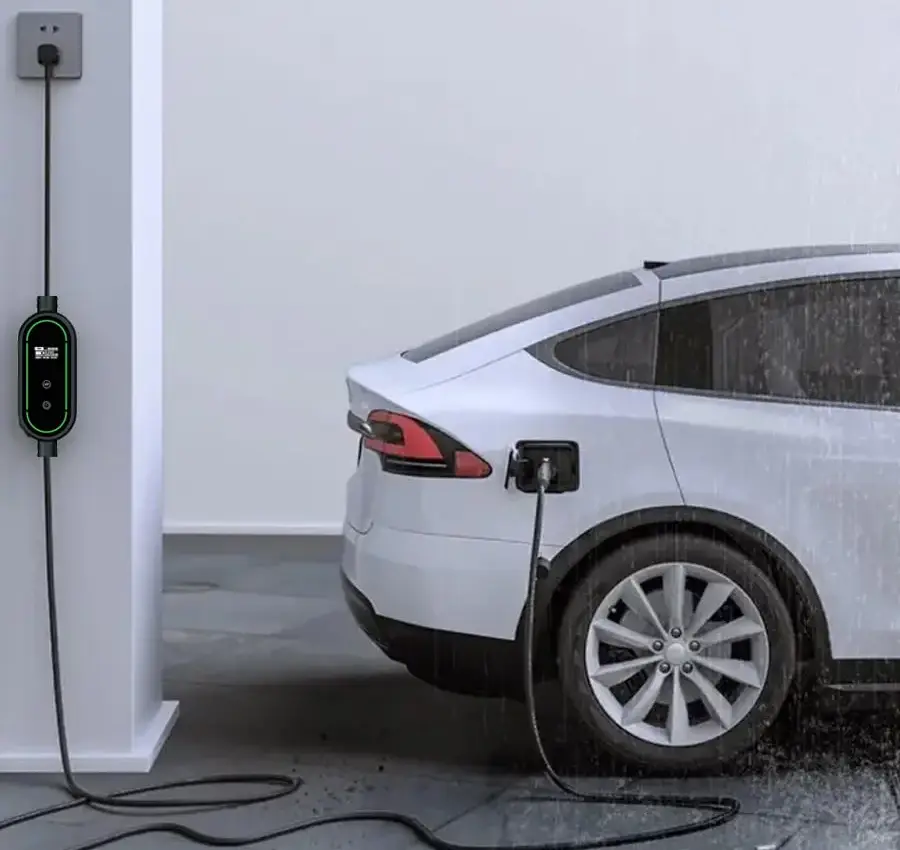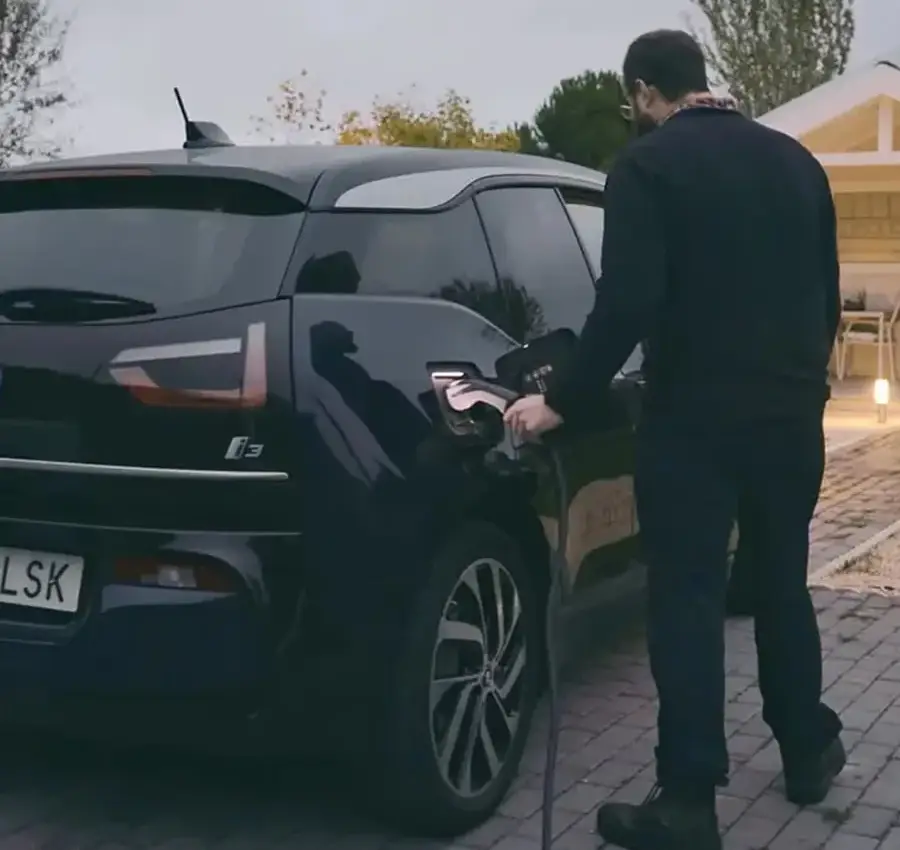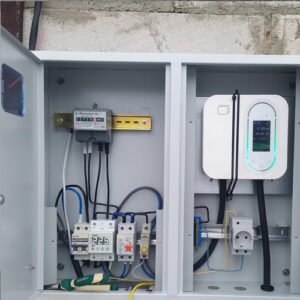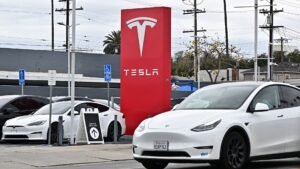Do electric cars have exhaust pipes? Do they need to discharge exhaust gas?
Due to the different design structure of electric vehicles (here only pure electric vehicles), it uses electric motors to drive the car instead of internal combustion engines, so electric vehicles do not need exhaust pipes, and naturally do not produce automobile exhaust emissions.
Of course, there are exceptions to everything. Some cars are still equipped with exhaust pipes, but they are mainly to reduce noise or adapt to people with specific needs, rather than emitting automobile exhaust. Therefore, electric vehicles do not have exhaust pipes and do not need to discharge exhaust gas.

Do hybrid electric cars have exhaust pipes?
Since we know that pure electric vehicles do not have as many exhaust pipes, but hybrid vehicles can use both fuel and power, do they have exhaust pipes?
By reading relevant literature and observing several different types of hybrid electric vehicles, we found that hybrid vehicles usually have both internal combustion engine systems and electric motor systems, so hybrid electric vehicles have exhaust pipes.
Why are electric vehicles also called zero-emission vehicles?
In fact, it is very simple, because electric vehicles do not use the exhaust pipes used in the internal combustion engine design system to discharge automobile exhaust gas, but rely on the lithium-ion battery inside the electric vehicle to drive the motor to operate. Since the operation process does not require the emission of any harmful gases or pollutants, electric vehicles are also called zero-emission vehicles.

What contributions can electric vehicles make to environmental protection?
Reduce harmful gas emissions
Since electric vehicles do not need to emit any exhaust gas, they can perfectly reduce harmful gas emissions. Although the use of gasoline in fuel vehicles currently meets certain standards, it is still impossible to completely filter out harmful substances. Even if only carbon dioxide is emitted, the amount is large, and it is easy to cause the greenhouse effect.
Improve air quality
In addition to the harmful gases emitted by internal combustion engine vehicles, they may also cause problems with air quality due to incomplete combustion, hydrocarbons (HC), nitrogen oxides (NOx) or other particulate matter.
The smog problem in many cities is because these particles float in the air, causing serious problems with air quality. Electric vehicles do not need to worry about this problem at all.
Reduce noise pollution
Electric vehicles usually do not have the “booming” sound of internal combustion engine vehicles. In order to improve the noise, multi-cylinder series method and frame topology optimization method are used to optimize the noise. Less noise can allow people to enjoy a more peaceful and tranquil environment.
Use sustainable energy
Electric vehicles can be charged with solar energy or wind energy. This sustainable energy not only provides convenience for people’s travel, but also is inexhaustible.
Although it is still in the experimental stage and has not yet been mass-produced, I believe it will be realized soon.
Are there other zero-emission vehicles?
In addition to electric vehicles using lithium-ion batteries, there is also a hydrogen-powered vehicle that has appeared on the market, such as Toyota Mirai, Mercedes-Benz GLC F-Cell, etc.
Do Tesla electric vehicles have exhaust pipes?
Since Tesla only produces pure electric vehicles, all types of Tesla electric vehicles do not have exhaust pipes.
Conclusion
Exhaust pipes are only for cars that need to use internal combustion engines, so all cars, including hybrid cars, have exhaust pipes.
On the other hand, cars without internal combustion engines, that is, pure electric cars, do not have exhaust pipes. Even if some have exhaust pipes, they are only used for decoration, not exhaust.








